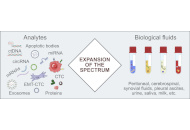352 results in Exploration of Targeted Anti-tumor Therapy
Latest
Sort by :
- Latest
- Most Viewed
- Most Downloaded
- Most Cited
Open Access
Protocol
Optimizing procedures for ocular radiation injury studies in the tree shrew
Lauren A. Dalvin ... Gavin W. Roddy
Published: December 01, 2025 Explor Target Antitumor Ther. 2025;6:1002352

Open Access
Mini Review
Unmasking the microbiome: the hidden role of gut bacteria in the pathogenesis of colorectal cancer and its prevention strategies
Tallha W. Khawaja ... Yujiang Fang
Published: November 24, 2025 Explor Target Antitumor Ther. 2025;6:1002351
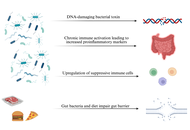
Open Access
Review
Cancer vaccines: advances, hurdles, and future directions
Panagiotis J. Vlachostergios
Published: November 24, 2025 Explor Target Antitumor Ther. 2025;6:1002350
This article belongs to the special issue Cancer Vaccines: From Basic Innovations to Clinical Translation
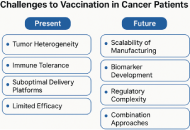
Open Access
Review
Smart nanofluidic systems powered by DNA origami for targeted intracellular delivery: a newer approach
Dilpreet Singh ... Neena Bedi
Published: November 19, 2025 Explor Target Antitumor Ther. 2025;6:1002349
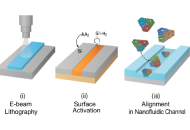
Open Access
Review
Role of microbiota in the outcome of immune checkpoint inhibition therapy of cancer
Ger T. Rijkers ... Frans J. van Overveld
Published: November 18, 2025 Explor Target Antitumor Ther. 2025;6:1002348
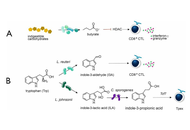
Open Access
Case Report
Immune checkpoint inhibitor-induced hemophagocytic lymphohistiocytosis in lung cancer: a case series
Abdul Wali Khan ... Dhruv Bansal
Published: November 12, 2025 Explor Target Antitumor Ther. 2025;6:1002347
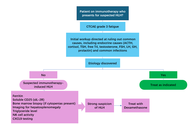
Open Access
Review
Metal grafted graphene-based nanomaterials towards cancer theranostic efficacy
Prashant H. Gohil, Gopal Avashthi
Published: November 10, 2025 Explor Target Antitumor Ther. 2025;6:1002346
This article belongs to the special issue Potential Clinical Applications of Inorganic Nanomaterials in Cancer

Open Access
Review
Bispecific antibodies in the treatment of epithelial ovarian, endometrial, and cervical cancer: an overview of current applications, challenges, and emerging opportunities
Sara Parola, Ilaria Colombo
Published: November 06, 2025 Explor Target Antitumor Ther. 2025;6:1002345
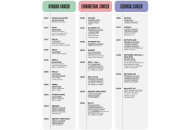
Open Access
Original Article
Racial disparities in hepatocellular carcinoma: a TCGA-based gene expression study of Caucasian and Asian populations
Muhammad Rezki Rasyak ... Caecilia Sukowati
Published: November 02, 2025 Explor Target Antitumor Ther. 2025;6:1002344
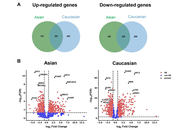
Open Access
Retraction
Retraction: Anti-angiogenic effects of Moringa oleifera silver nanoparticles on endothelial cells: in vitro and ex vivo studies
Editorial Office
Published: October 28, 2025 Explor Target Antitumor Ther. 2025;6:1002343
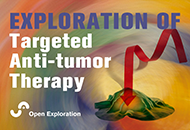
Open Access
Original Article
Differential molecular mechanisms of bortezomib sensitization to rhTRAIL in non-small cell lung cancer cell lines
Paweł Kochany ... Frank A.E. Kruyt
Published: October 28, 2025 Explor Target Antitumor Ther. 2025;6:1002342
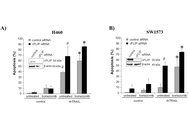
Open Access
Review
New approaches of green silver nanoparticles for cancer and biomedical applications: a review
Puja Kumari ... Md Sabir Alam
Published: October 23, 2025 Explor Target Antitumor Ther. 2025;6:1002341
This article belongs to the special issue Potential Clinical Applications of Inorganic Nanomaterials in Cancer
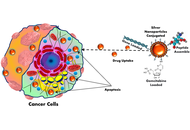
Open Access
Original Article
Synergistic anticancer efficacy of optimized curcumin-piperine loaded magnetic nanoparticles for the treatment of colorectal cancer
Ritika Puri, Vimal Arora
Published: October 20, 2025 Explor Target Antitumor Ther. 2025;6:1002340
This article belongs to the special issue Potential Clinical Applications of Inorganic Nanomaterials in Cancer
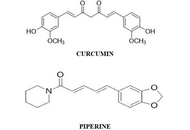
Open Access
Review
Engineered nanocarriers for targeted lung cancer therapy: mechanistic innovations and recent clinical progress
Heayyean Lee ... Jeehoo Lee
Published: October 12, 2025 Explor Target Antitumor Ther. 2025;6:1002339
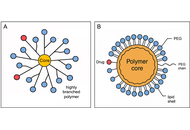
Open Access
Review
Next-generation cancer vaccines: targeting cryptic and non-canonical antigens for precision immunotherapy
Anu Shibi Anilkumar ... Ramakrishnan Veerabathiran
Published: September 25, 2025 Explor Target Antitumor Ther. 2025;6:1002338
This article belongs to the special issue Cancer Vaccines: From Basic Innovations to Clinical Translation
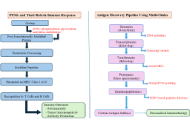
Open Access
Review
Metabolic plasticity drives specific mechanisms of chemotherapy and targeted therapy resistance in metastatic colorectal cancer
Mariam Rojas ... Joan Maurel
Published: September 23, 2025 Explor Target Antitumor Ther. 2025;6:1002337
This article belongs to the special issue Predictive and Prognostic Biomarkers in Cancer: Towards the Precision Medicine Era
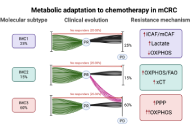
Open Access
Original Article
Predictive value of 8-hydroxy-2′-deoxyguanosine and 8-nitroguanine production in radiation-induced skin damage after postoperative breast cancer radiotherapy
Emmanouil K. Verigos ... Dimitrios T. Trafalis
Published: September 22, 2025 Explor Target Antitumor Ther. 2025;6:1002336
This article belongs to the special issue Use of Different Radiation Treatment Modalities in Cancer Therapy: The Role of Inflammation and Immune Response
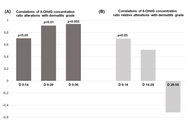
Open Access
Review
Genetic and epigenetic landscape of O6-methylguanine-DNA methyltransferase (MGMT): implications for DNA repair and cancer therapeutics
Shishir Singh ... Atar Singh Kushwah
Published: August 28, 2025 Explor Target Antitumor Ther. 2025;6:1002335
This article belongs to the special issue Advances in Cancer Genomics and Therapeutic Targets
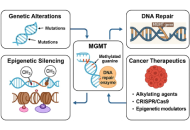
Open Access
Review
Inflammatory signatures across four photon radiotherapy and proton radiotherapy: mechanisms, mitigation, and quality of life impact
Yuting Sheng ... Yujiang Fang
Published: August 28, 2025 Explor Target Antitumor Ther. 2025;6:1002334
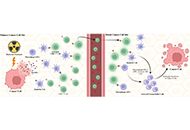
Open Access
Review
Improvement of the sensitivity of circulating tumor DNA-based liquid biopsy: current approaches and future perspectives
Ekaterina S. Kuligina ... Evgeny N. Imyanitov
Published: August 08, 2025 Explor Target Antitumor Ther. 2025;6:1002333
This article belongs to the special issue Liquid Biopsy: Has Already Changed the Clinical Decision-Making in Solid Tumors Treatment?
